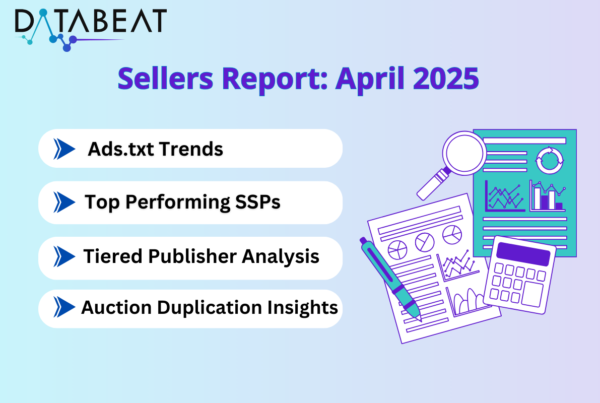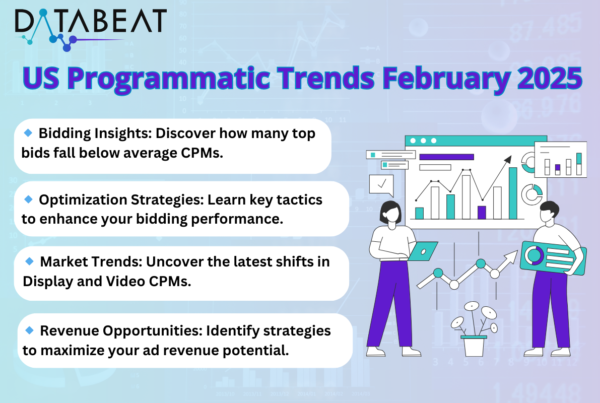
As global trade tensions intensify and tariffs continue to remake industries across the globe, the advertising industry is feeling the brunt more than ever. With increasing costs, budget shifts, and a constantly changing environment, marketers are left with the task of evolving their strategies to steer through the economic uncertainty. In this post, we detail five important trends that underscore the deep impact tariffs have on ad spend—from raised operational expenses for ad tech to the changing mix of digital and traditional advertising. It is key for brands and agencies to have an understanding of these trends so they can keep up with what’s next amidst a volatile economy.
What Follows are Five Main Trends Telling us How Tariffs are Reshaping the Ad World:
-
Increased Ad Tech and Digital Media Costs
China’s import tariffs on electronics and hardware have imposed additional expenses on ad tech companies that rely on servers, data centers and other technical infrastructure. Those expenses trickle down to brands, potentially adding to programmatic ad and digital placements’ cost. Firms are passing some of these expenses to consumers and others to advertisers—meaning tighter budgets and more frugal spending.
-
Shift from Conventional to Digital Advertising
As physical media production levels grow (e.g., print and billboard advertising due to paper and materials tariffs), there is a little shifting budget to digital media. Digital is not immune, though—technology component tariffs and cloud computing can eventually push up CPMs (cost per thousand impressions) and force marketers to rethink their media mix.
-
Regional Advertising Adjustments
Tariffs affect markets in varying ways. US marketers are able to experience increased expenditure on the importation of advertising materials, and European and APAC markets are able to experience fluctuations in cross-border investment in advertisement. Local production is being moved towards brands due to the cost of importing duties, sending local campaigns sky-high.
-
Postponed Campaigns and Budget Restraint
Financial instability has caused some brands to delay mass-market advertising campaigns. Should tariffs interfere with supply chains, companies typically wait before spending money on advertising until revenue projections stabilize. This restraint holds back ad spending growth, especially in sectors such as autos and retail, most impacted by tariffs.
-
The Long-Term Outlook: Innovation and Adaptation
While tariffs make it more difficult in the short term, they also encourage the industry to innovate. Brands and agencies are looking into cost-saving solutions, including AI-powered ad optimization, in-house production, and emerging media platforms. The bottom line? Flexibility is necessary as trade policies change.
In summary, tariffs are not only a problem for international trade—they are now a major influence on advertising strategy across sectors. As companies incur higher costs, budget shifts and the need to innovate, the secret to staying alive is flexibility. Marketers need to be flexible, embracing emerging technologies and refining their approaches to ride out the uncertain landscape. By remaining agile, investing in value-saving solutions, and adapting to local changes, advertisers can manage the effects of tariffs and still power effective campaigns in a rapidly changing economic landscape. The advertising future is a future of innovation, resilience, and strategic responsiveness.
Tariffs are not a trade issue—they’re an advertising issue. When the prices fluctuate up and down, and budgets are reduced, advertisers must stay smart and able to change gears.







